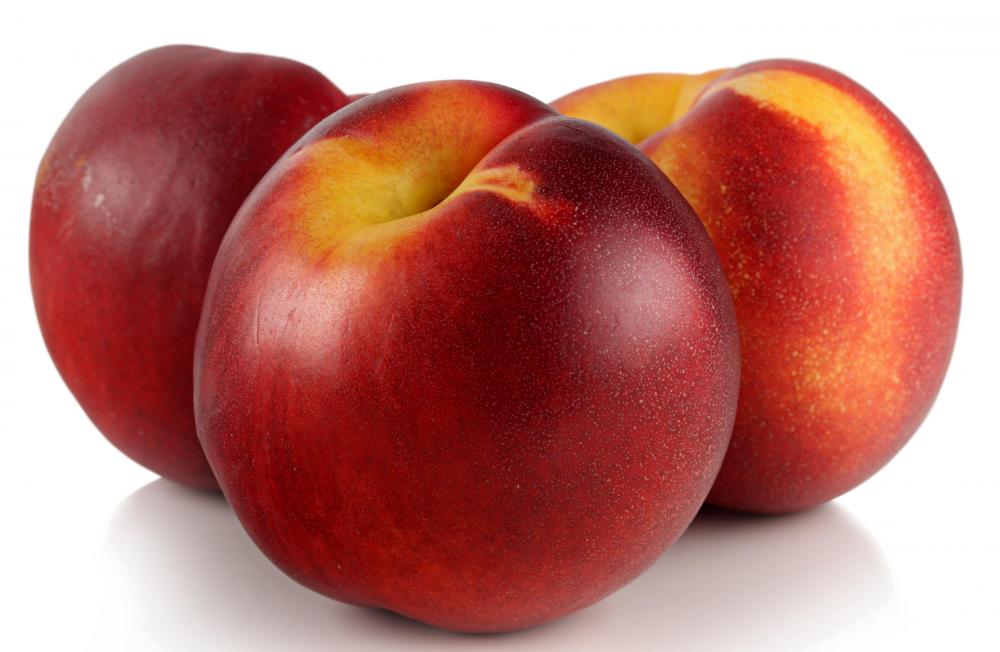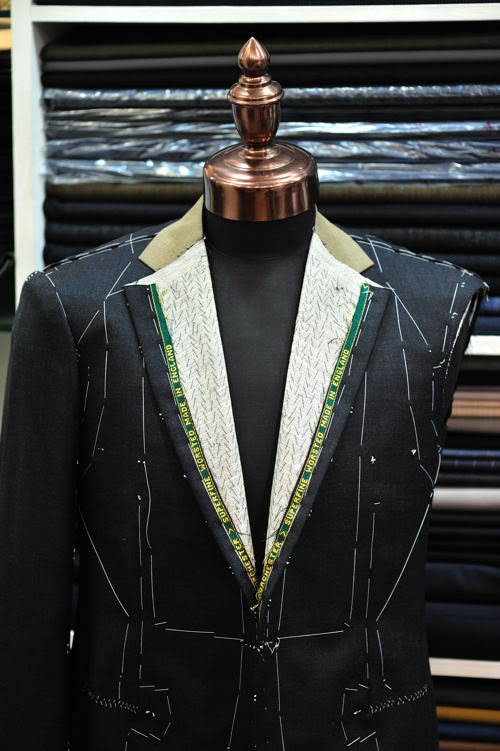Meetings are not the same as one-on-one or small group F2F conversations. They look similar, but they’re not. And to think: a moment ago you were fully focused on a project commanding your full attention!
Read MoreCREATIVE WORK MEETS PANDEMIC REALITIES
Creative work is not something artists choose to do. The work itself chooses artists bring it to life (And if you’re not an artists yourself and think that statement is nuts, just ask a creative person in your life if he or she understands. I guarantee they do.)
Read MoreACTING WITHOUT THINKING
The process of successful creation is intangible. I know there is sky above me and I know there is air all around me and I know that the air around me connects directly to the sky above me. Somewhere the two meet, but the dividing line is a fiction of language, a function of our senses being given over to words. There is no dividing line between air and sky, but we describe the expanse of blue overhead as something different than the wind moving leaves on the trees.
Read MoreDEMONS
Some people happily call it quits after a normal day’s work. But just ask any creative person you know: does that sound like a normal day?
Read MoreTHE THINGS THAT KILL CREATIVE SOULS
Taxes are not the problem in and of themselves, and yet, to an creative person, the act of preparing taxes is a psychic exsanguination.
Read MoreTHE NEED
For creative people, the pressures of life are all about finding enough time and resources to create. For other people, the goal is often reversed. For many people the pursuit is often about creating enough time and resources so that they don’t have to work in their free time.
Read MoreTHE ART OF LIVING
I recently spent some time with a young, passionate emergency care nurse about to ship out with Médecins Sans Frontières, aka Doctors without Borders. She’s headed to Monrovia, Liberia for a six to eight week deployment on the front lines of the Ebola outbreak. Not yet thirty, she’s already an MSF veteran in parts of the world that most Americans can hardly find on a map, to say nothing of being able to imagine themselves working there for a single day. To meet her you’d never know.
Read MoreTURKEY SANDWICH
 Ordinary things can still surprise us. One small change from ordinary expectations can push back the boundaries of reality, of possibility, of dreams.
Ordinary things can still surprise us. One small change from ordinary expectations can push back the boundaries of reality, of possibility, of dreams.
In the Dick Tracy comic strips of the 1940's, the hero wore a culture-altering talisman portending the future: a wrist radio. Reinvented twenty years later in Star Trek's communicators, the Enterprise crew (Picard era, for those who care) called the ship or each other by saying the name of the intended receiver into their handset.
Siri, anyone?
Extraordinary becomes ordinary, fast.
Arbitrary deviations do not count. You can't simply bolt a jet engine onto the back of a Volkswagen and get a reliable flying car. (But you can get a very, very fast one, apparently.) Most arbitrary deviations are usually forgettable, or unpalatable, or otherwise aesthetically undesirable. In biology, they're unsuccessful mutations; in automobiles, their Edsels.
Here's the part I love most. When the limits to expectation move outward, the domain space of possibility inside is simultaneously larger than it was a moment ago--larger and ordinary. Everything that fits into a newly expanded domain of possibility rapidly loses its potency for provoking strong emotion. Here's a real world example. Imagine the amazement provoked by hearing a telephone ring in the 1880s. By comparison, what does your cell phone ring do for you now?
I know what you're wondering. What's the deal with the title to this week's blog. The answer comes in the form of a reciepe, of sorts. Here's what you do.
Take two slices of terrific bread, preferably something with texture and density and lots of flavor. Pumpernickel, rye, or a good sourdough are my first choices. Between them add the following:
freshly roasted turkey (not pre-packaged junk) leaf lettuce (iceberg does not count) thin slices of purple onion thin slices of nectarine Russian dressing
Et, voila! One fabulous turkey sandwich you've never made before, but one you're also not likely ever to forget. (Yum!)
What? Never had nectarine on a turkey sandwich before? The world expands, one small surprise at a time.
-MS
PS -- Yes, yes, here's where the good people of 1AU ask our dear readers to share what you've read with friends and colleagues. And here's the place where you think, "Oh, sure, one more imposition of my precious time." Well, we're asking. It's something we value above rubies, above gold: if you like an idea enough to give it a moment's thought, then consider giving it a measure of freedom. When you share an idea with another person, you release an idea to grow freely in the world. Like what you see? Set it free.
IT'S NEVER THE MONEY, IT'S ALWAYS THE MONEY
 Sticker shock palliative: "Don't choke. Bespoke!"
Sticker shock palliative: "Don't choke. Bespoke!"
Okay, maybe you still won't feel better about paying big bucks for what you think ought to be yours fer nuthin', but at least you know the person selling whatever you're buying thinks hand crafted goodness is worth the price.
A couple of weeks ago, Adam Davidson wrote a terrific short article in the Sunday New York times on the peculiar and economically dismal business of hand made haberdashery.
You don't have to be a clothes horse to recognize one of the strange ironies of his story, and how it relates to creative work at a place like 1AU Global Media. Hand worked wonderfulness costs money, but hand worked wonderfulness does not get made in massive Pacific rim factories. Still, you have to ask yourself if any handmade anything is ever worth the pain, for buyer and seller alike. Like all things of vital importance, the answer depends.
We understand the seller's dilemma immediately. Handwork means there's no economy of scale. You can only make what you can produce yourself, and you can only raise prices so far until you destroy your own market.
For the buyer there's the hassle and headache of having to specify endless details for that special custom something. Specificity takes time at all stages of the process and generally costs a lot more than a commodity. And yet the option persists. What's more, some things practically demand handwork while some things inevitably require assembly line solutions.
You probably buy a certain class of handmade products regularly: food. You know that deli you always visit where they make your turkey and sprouts on rye to your own, custom spec whenever they see you come in the door--extra hot peppers, hold the mayo? It might just be a sandwich, but it couldn't get made the way you really want in a factory, on an assembly-line, or by machine. Way down the spectrum there's the linen and candlelight place downtown for which you made a special Saturday night reservation. The ginger Seabass with asparagus you ordered appears at your seat by means of delicate hand work in the kitchen. Unlike the waxed papered sandwich at the deli, all the little details matter here: the precisely poached vegetables, the razor thin curly cue of lemon skin along the fish, the cobalt patterns on the plates themselves.
There's no such thing as a handmade car, at least not in a conventional sense. But this is really a blind alley. By coming up with examples of mass production's efficiencies and successes we're avoiding the central question. We understand why handmade goods cost more. The question is really one of value proposition: do you consider that cost overage worth it? It's arguable that all restaurant purchases require some measure of handwork, perhaps more than most other industries. There may not be a lot riding on a successful outcome of your turkey sandwich. If you're honest with yourself, the same could be said of that expensive Saturday restaurant experience, too.
But does it matter?
It matters to me.
I cannot pretend that modernity's technological marvels sometimes facilitate just what I'm looking for without need for an artisan's influence. The computer I'm using at this moment came off a factory assembly line. (I'm going to side-step the enormous creative collective that designed this electronic palantir.) So did the desk chair on which I'm sitting. But most of the commissions we undertake here at 1AU are for creative work that's precisely unlike anything that's come before. That's the great differentiator, and that's why slapping together a bunch of video clips in the preinstalled software on your own computer isn't the same thing.
Adam Davidson's article talks about a Jamaican tailor living in Brooklyn who makes $4000 suits for a living but could never afford to buy what he sells. Does he make suits for the money? Of course. But is he in it for the money? I doubt it. It's too much work, too much identity, too much of himself in each suit that leaves on the wealthy backs of his customers. When someone walks out of his shop wearing a sharply creased suit to a midtown power meeting, the immigrant tailor knows he just influenced––ever so slightly perhaps, but genuinely influenced––the direction the world will tilt that day. Whether it tilts for good or ill is a subjective consideration--a big one, I realize--but I'll leave that for another day. He added something to the world, something of himself, and that makes all the difference.
Money pushes all of us around, no doubt. But I've yet to meet a creator who avoids doing the actual work of creation. The cynical part of my brain compartmentalizes industrialists from more easily identified creators, from artists. But I think this is probably a narrow view. The successful industrialist creates by establishing wide-field solutions to complex problems. He or she may not be designing the new 3D model for a piece of consumer gadgetry, or the actual sewing patters for the fall pret a porter collection, but he or she is solving conceptual problems to bring those items to life. Handwork? Hard to say. I suspect that craftsmanship is a term that fits more comfortably with the work of actual, physical creative work. But creative work always requires handwork, no matter what form it takes. That this creative process affords different navigational routes through time with different appraisals about the value of money is what makes it tricky. The big differentiator, I believe, is that while the "mass producer" may be motivated by the creative impulse, the hand working creator almost always sees themselves in the labor. I suspect that while all of us who do one-off, custom projects want to be respected and well paid, we don't do what we do simply for money. We do what we do to change the world's tilt, even if it's for just a moment.
--MS
PS -- Have something to say? Leave us a comment! Don't want to miss the latest from 1AU? Sign up on our mailing list. (Cool email like ours is better than that boring stuff that clutters your inbox, right?) Consider yourself a fan? Please re-Tweet us, post to Facebook, or otherwise forward us to your friends. Cool? Yep: cool.
